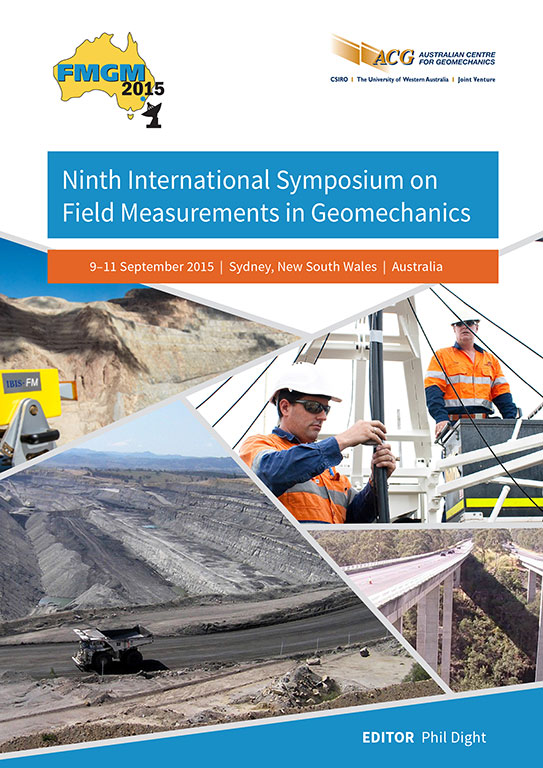Structural interpretation from Televiewer surveys

|
Authors: Thomas, RDH; Neilsen, JM; Wilson, HF; Lamb, P |
DOI https://doi.org/10.36487/ACG_rep/1508_53_Thomas
Cite As:
Thomas, RDH, Neilsen, JM, Wilson, HF & Lamb, P 2015, 'Structural interpretation from Televiewer surveys', in PM Dight (ed.), FMGM 2015: Proceedings of the Ninth Symposium on Field Measurements in Geomechanics, Australian Centre for Geomechanics, Perth, pp. 729-741, https://doi.org/10.36487/ACG_rep/1508_53_Thomas
Abstract:
Structural data collection from drill core relies on the ability of the core to be accurately oriented. A number of methods are available for core orientation, but broken zones and core loss present difficulties in obtaining orientation data, which can result in a paucity of structural data for significant intervals of a drill hole. Where orientation is achieved, errors and uncertainties can result in significant scatter in the calculated structure orientation populations. Televiewer surveys, both optical and acoustic, provide a reliable and accurate alternative method of recording structural data. They are relatively quick to run, and allow data capture from vertical and inclined drill holes without the need for diamond coring. The Televiewer survey captures a downhole image of the internal drill hole walls. Structural data can be captured from the image by fitting sinusoids to discontinuity traces visible in the drill hole wall. Although structural data can be picked automatically, it is argued that data should be picked by experienced engineers who clearly understand the intended use of the resultant datasets, and the limitations of the surveys. In lieu of a procedure for the undertaking of Televiewer interpretation for structural orientation data for geotechnical purposes, the authors propose a set of guidelines and protocols that in their experience have proven useful.
References:
Barrett, Fuller and Partners 2001, Geotechnical core logging manual (unpublished).
Davis, BK & Cowan, EJ 2012, ‘Oriented core – what the…?’, in J Vearncombe (ed.), Proceedings of the Structural Geology and Resources — International Symposium Abstract Volume, Australian Institute of Geoscientists, Perth, pp. 61-63.
Holcombe, R 2013, Oriented drillcore: measurement, conversion, and QA/QC procedures for structural and exploration geologists, Holcombe, Coughlin and Oliver Consultants, viewed 1 June 2015,
downloads/HCO_oriented_core_procedures.pdf.
ISRM Commission on Standardisation of Laboratory and Field Tests 1978, ‘Suggested methods for the quantitative description of discontinuities in rock masses’, International Journal of Rock Mechanics and Mining Science, vol. 15, no. 6, pp. 319-368.
Orpen, J 2007, ‘Introducing the drillhole surveying benchmarking project – Voorspoed mine’, Journal of Institute of Mine Surveyors of South Africa, vol. 32, no. 6, pp. 507-512.
Terzaghi, RD 1965, ‘Sources of error in joint surveys’, Geotechnique, vol. 15, pp. 287-304.
Trice, R 1999, ‘A methodology for applying a non unique, morphological classification to sine wave events picked from drillhole image log data’, in MA Lovell, G Williamson & PK Harvey (eds), Borehole Imaging: applications and case histories, Geological Society, London, Special Publications no. 159, pp. 77-90.
© Copyright 2025, Australian Centre for Geomechanics (ACG), The University of Western Australia. All rights reserved.
View copyright/legal information
Please direct any queries or error reports to repository-acg@uwa.edu.au
View copyright/legal information
Please direct any queries or error reports to repository-acg@uwa.edu.au